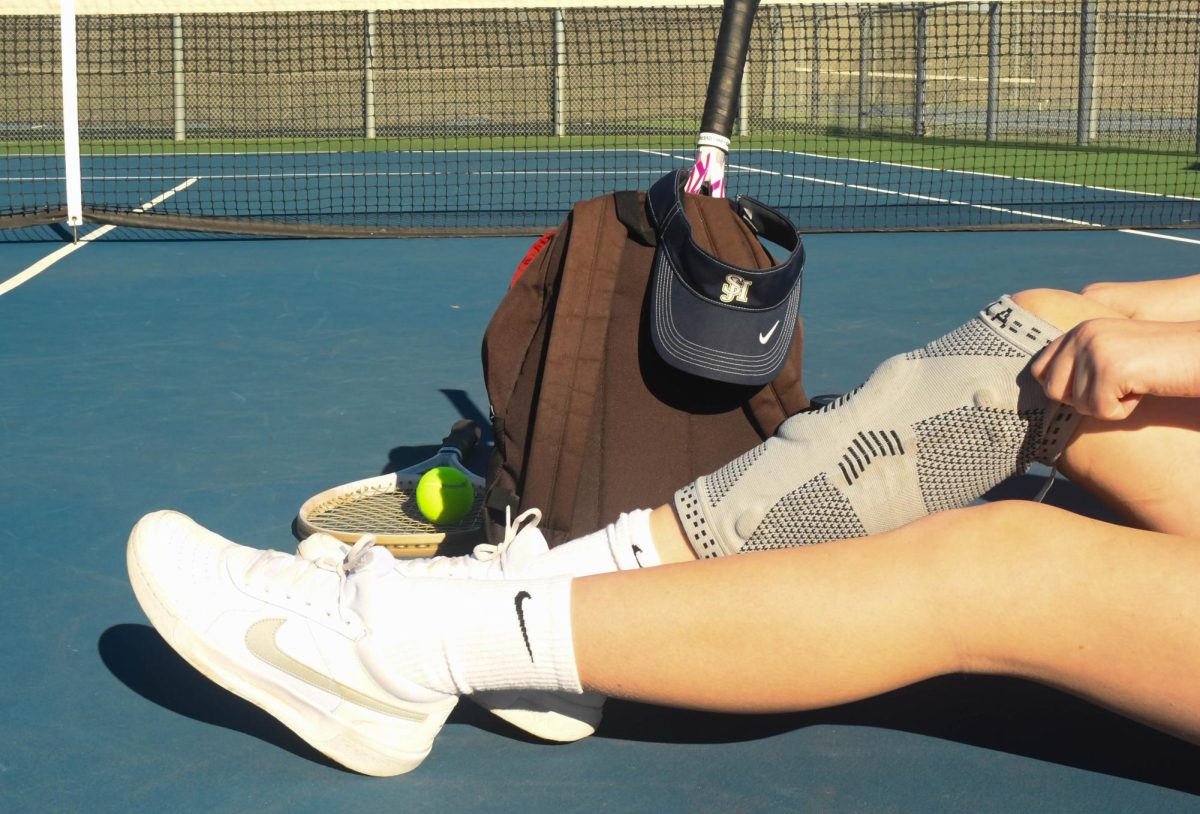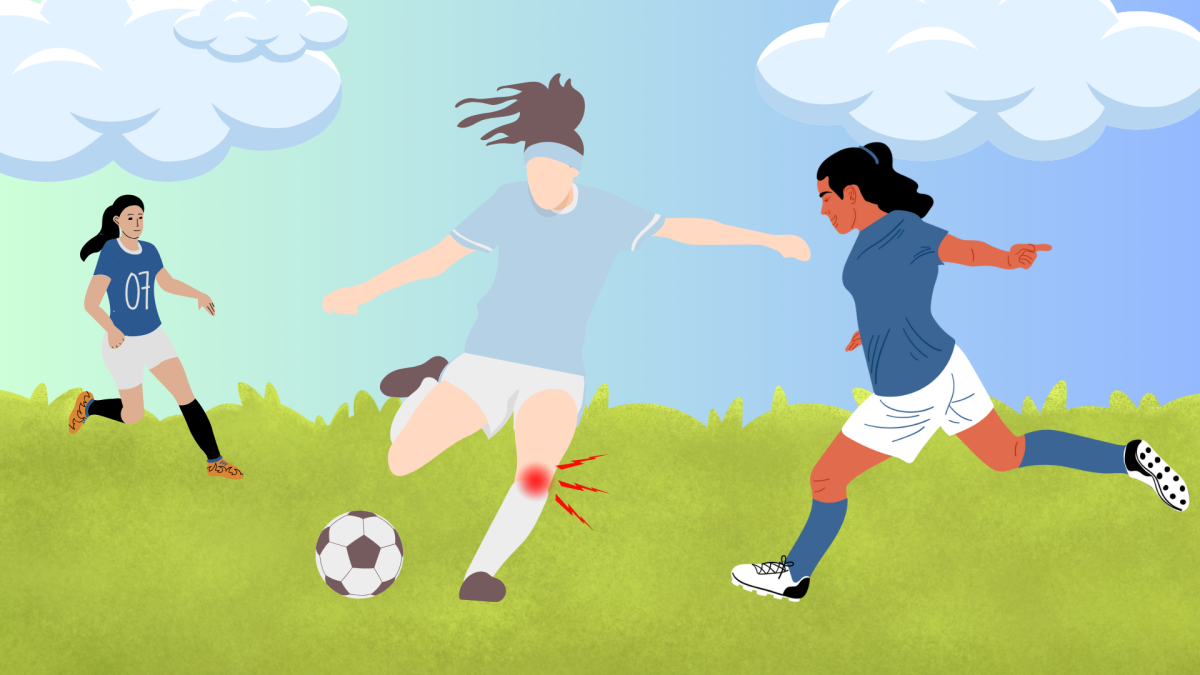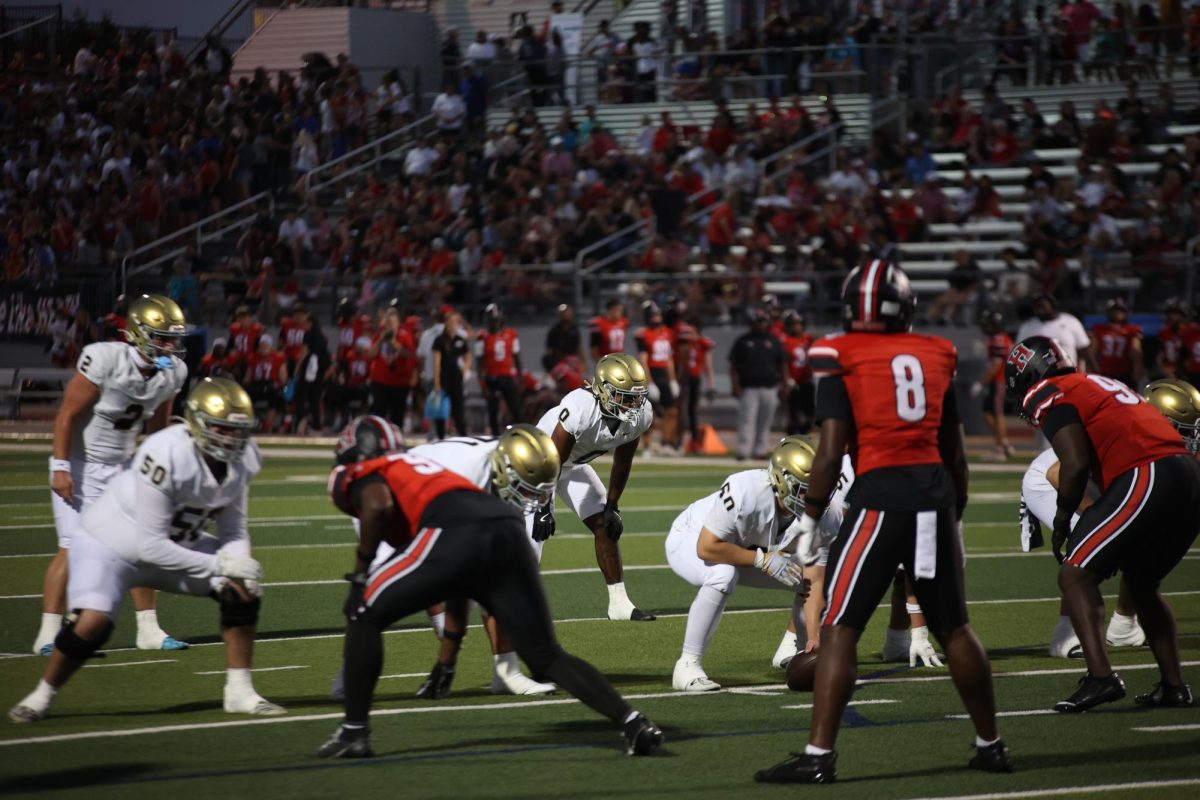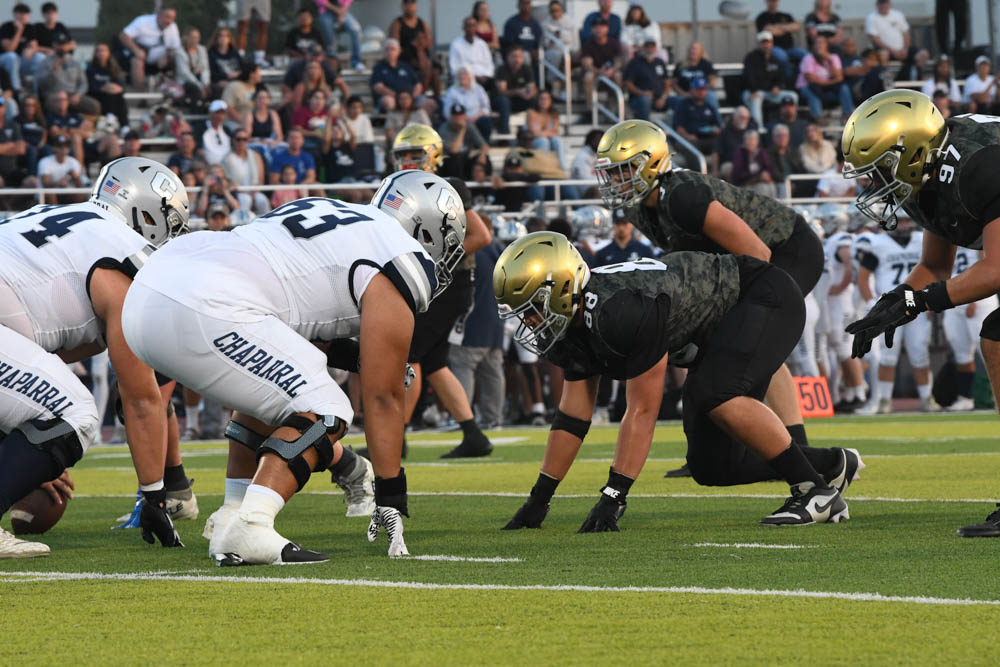Over the years, there have been numerous success stories celebrated about famous athletes who have pushed past their pain and created glorious moments in sports history. These instances resonate deeply with fans and inspire young athletes to do the same.
Nonetheless, behind these success stories is a harsh reality in which the toll of playing through injuries has damaging consequences on an athlete’s career, physical body, and mental health.
“When I first got injured I didn’t want to stop playing. I was constantly in pain and had to go to PT for four years, which I dreaded. Even to this day, the damage I have done to my body is not worth it,” said Kenna Maguire.
Many athletes have been conditioned to believe that they must continue to play despite their injuries. There is an idealistic expectation burdened on young athletes that may lead them to play injured in hopes of meeting this standard.
Injured athletes tend to have overwhelming pressure to play by their parents, coaches, teammates, and themselves. They fear that resting during practices and games could result in losing their ability to start or the idea that their skills are deteriorating while everyone else is getting better.
“Last year, I injured my knee and couldn’t move it for three weeks. CIF was two weeks away. My coach needed me to play, but still made sure to see if I was okay. They made sure that I was still involved by running stats or coaching the defense. I was upset because I don’t like being sidelined, especially during one point difference games, which was difficult to watch. I ended up playing, but I don’t regret it,” said Sydney Beatty.
It is especially intimidating during student-athletes junior and senior years when the recruiting process begins. Sitting out throughout their high school season can decrease their chances of recruitment because you are unable to showcase your skills in front of college scouts.
The most common sport-related injuries are strains and sprains. Though they are mild injuries, continuing to play puts repetitive stress on the injury, leading to further damage.
Persistent injuries can shorten an athlete’s career. As you play, injuries might seem as if they are getting better over time, however, if you do not take the necessary steps to rest and heal the injury, it is more likely to get reinjured.
Playing injured not only worsens the existing injury but can also result in getting injured somewhere else. This is because your body tends to resort to an unnatural form of playing to relieve stress on the injury while putting unnecessary stress on other parts of your body.
“I remember my knees suddenly giving out. When I would go to dribble the ball or even run, they would give out and I would fall on the floor, and it still happens today. I felt the need to play through my injuries because I wanted to play and be a part of my team. Looking back, the damage I did to my body is not worth it now, but at the time it felt like it was,” said Maguire.
Coping with pain and the fear of losing your ability to play has a massive toll on your mental health, eventually leading to anxiety, depression, and burnout.
Pain is an indicator that your body is injured or at risk of getting hurt. Pushing through the pain causes an athlete to build a higher pain tolerance. This is not beneficial because athletes may not even realize that they are in pain, leaving minor injuries unnoticed until they become severe.
In many sports, strength or signs of improvement are equated with pain. High school is a vulnerable age for young athletes in which their identity and self-esteem are linked to their sports performance.
The fear of watching teammates improve while they sit on the sidelines can be heart crushing. Injured athletes tend to feel left behind, which may lead them to minimize or ignore their injuries. This causes many to return to playing too soon, risking re-injury or long-term damage.
“I suffered a severe concussion and was out for a month and a half. I was supposed to rest longer, but I came back and my concussion symptoms returned, having a big impact on my motor skills, causing me to miss practices and struggle during games,” said Ezra Carraway.
Playing through injuries can interfere greatly with a child’s growth and development. Physical activity is necessary for children’s growth, but when the speed of play becomes too intense, it can lead to vast problems such as the breakdown of tissues.
“When a teen reaches their adult height, usually around age 13 to 15 for girls and 15 to 17 for boys, their growth plates are replaced by solid bone. Until then, a growth plate fracture can permanently stunt the child’s growth,” said Boston’s Children’s Hospital.
“My aunt injured her knee in soccer during high school and ended up needing knee surgery, and I’m scared that I might be heading down a similar path,” said Beatty.
While short-term rewards when playing injured may seem worth it at the time, these choices can lead to negative long-term consequences.









